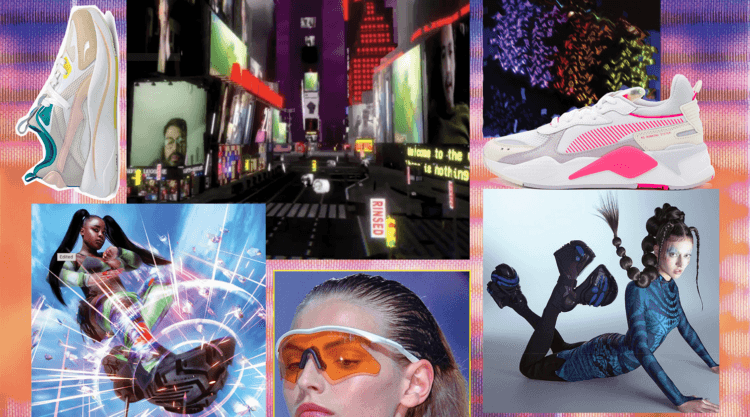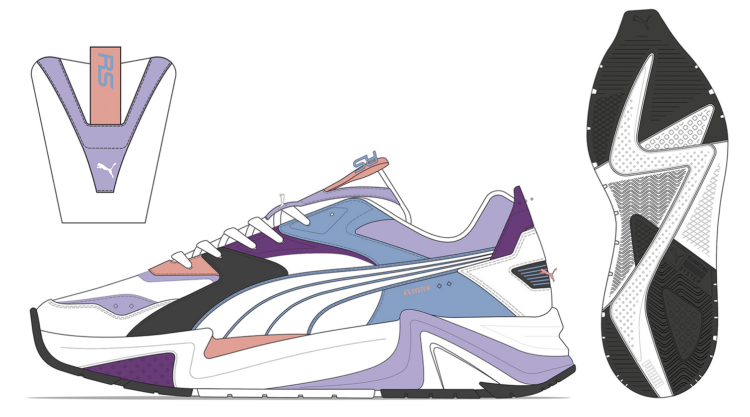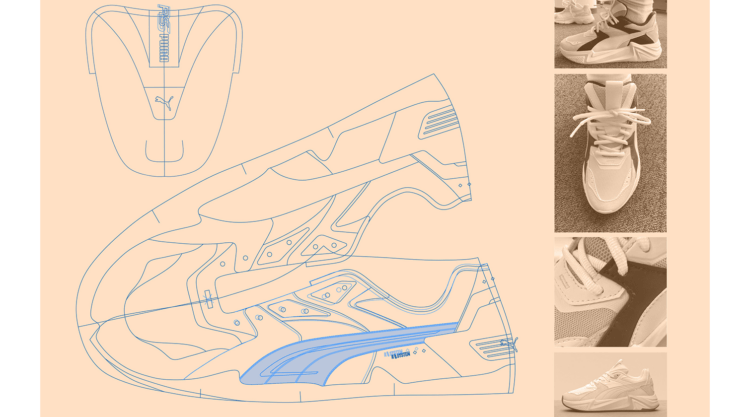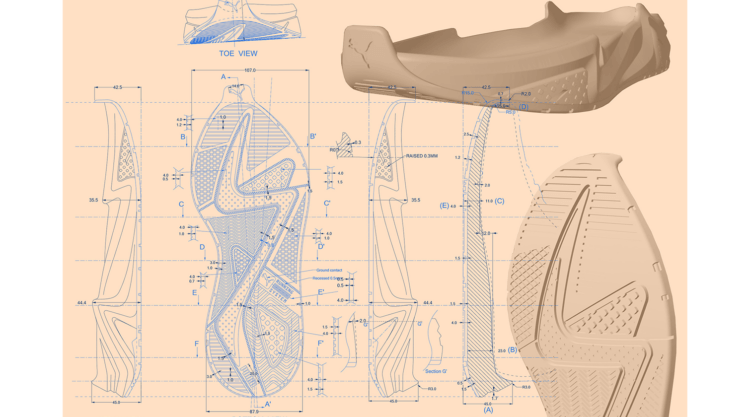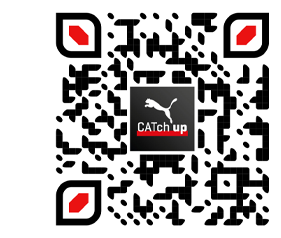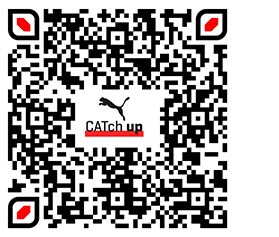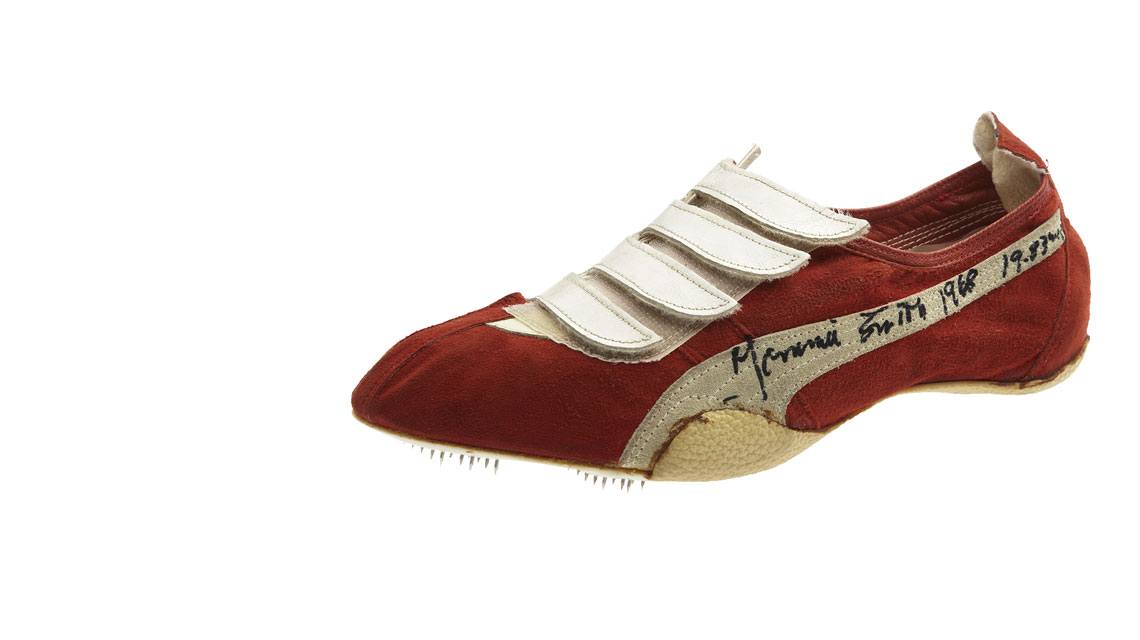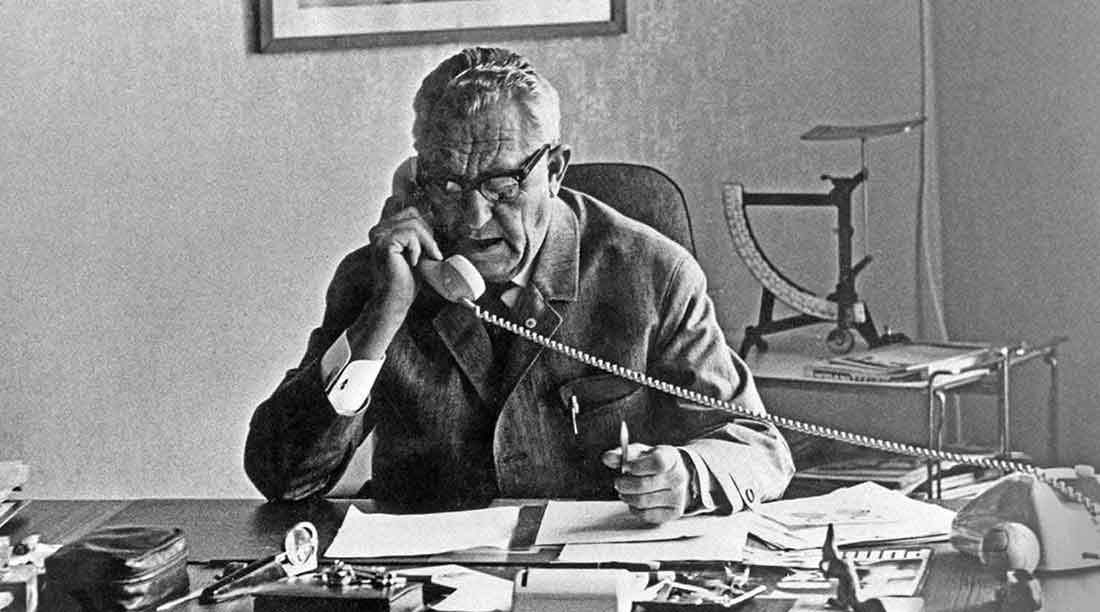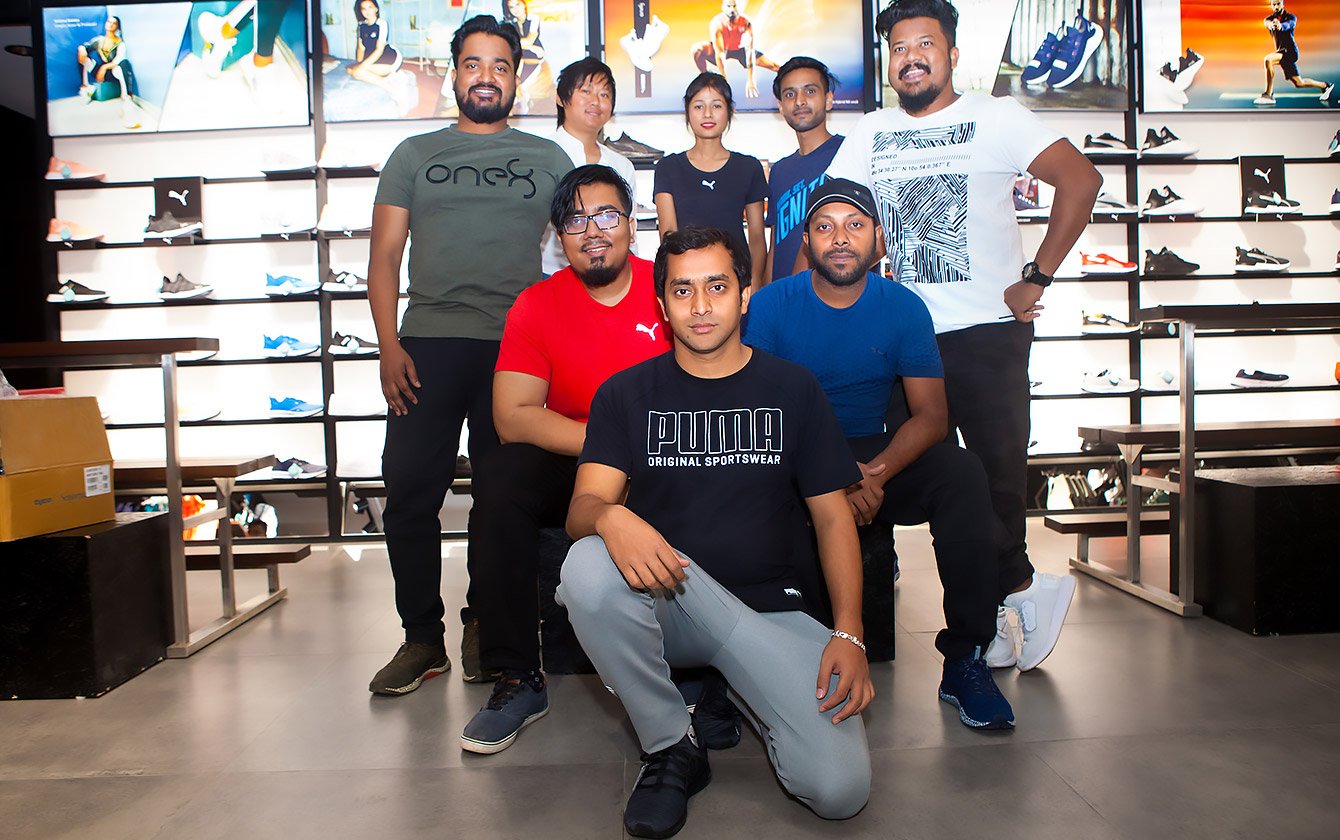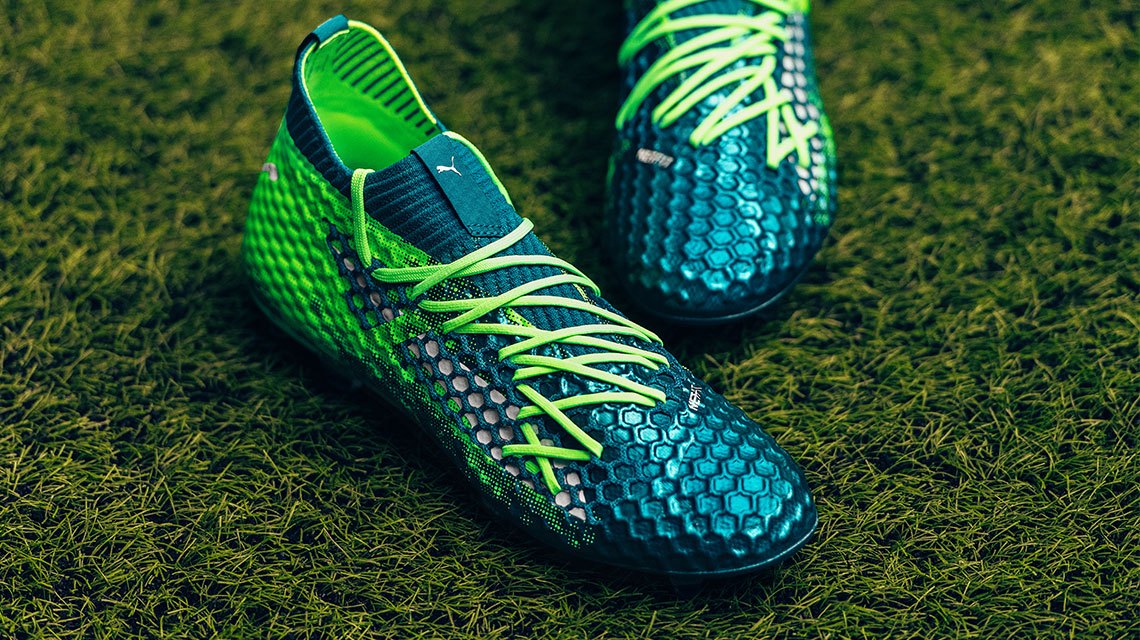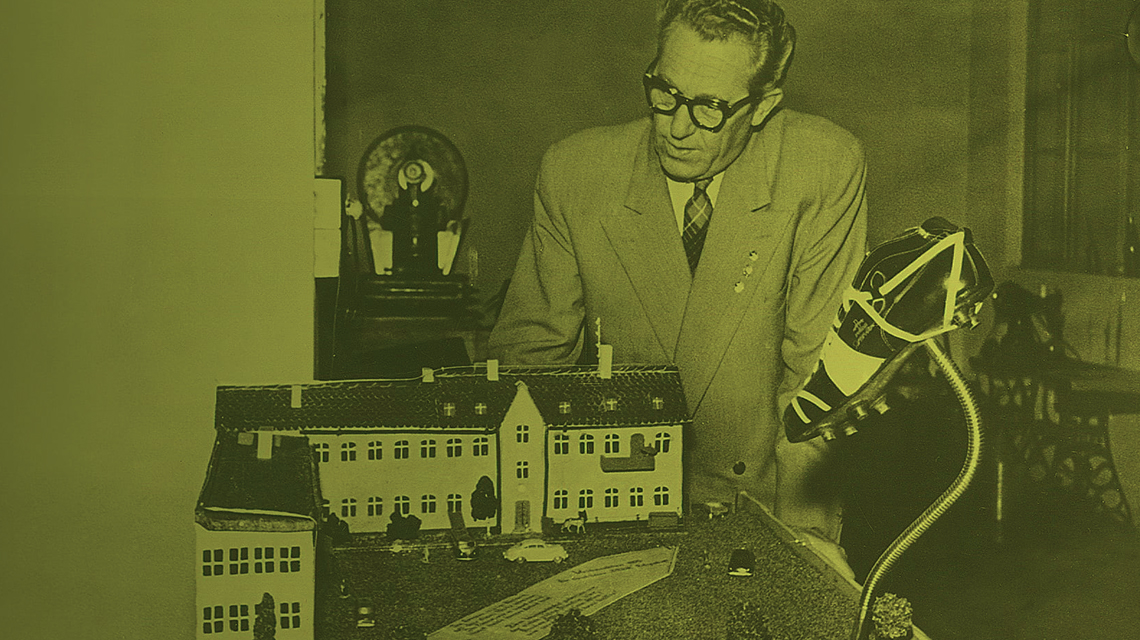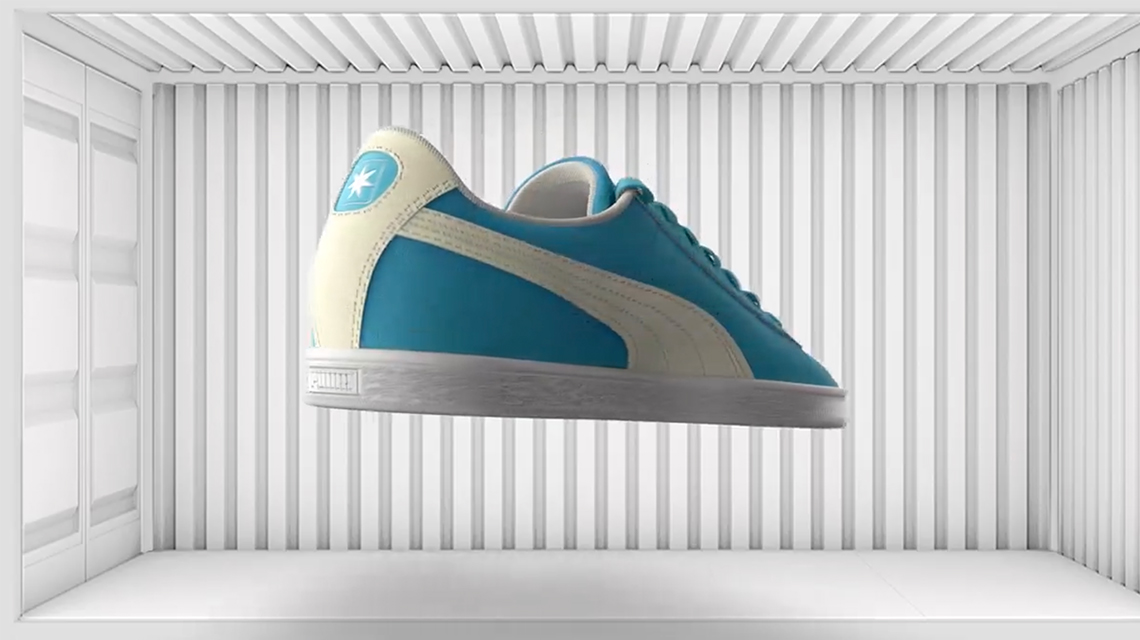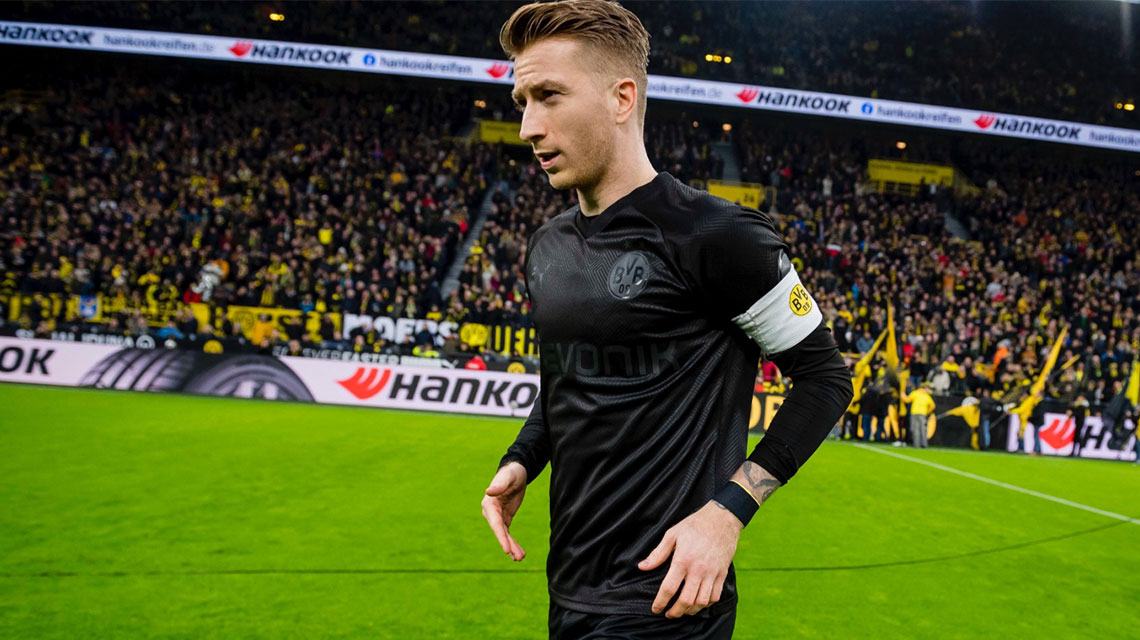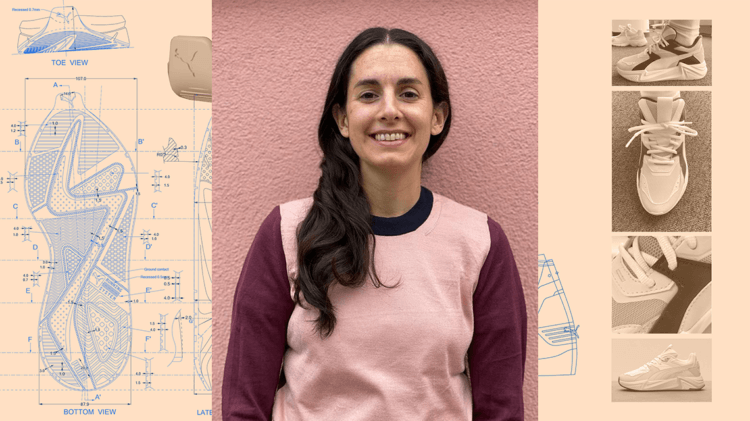
Meet the designer behind
the RS-Pulsoid Women's 2!
Eliana Zurlo explains how she made sketches come to life
July 3, 2023Eliana Zurlo explains how she made sketches come to life
July 3, 2023Women are a key focus at PUMA and designing shoes and apparel especially for women’s needs is therefore a must. We had the chance to sit down with PRIME footwear designer Eliana Zurlo, and chat about her inspiration and the design process behind the new RS Pulsoid 2 Women’s sneaker. Read on to get to know Elly!
Elly, you just designed the RS-Pulsoid women’s sneaker. Can you tell us more about the process?
Elly: The process started when we received the brief from the PLM who requested to design an RS Shoe. The design should follow the same guidelines or the same idea of the RS family in general, so the process starts with the brief and then we go through a lot of sketches and design stages where we discuss within the team which is the most suitable proposal. Once we agreed on a design, we send all the techpacks and all the the details to the developers in Vietnam. Together, we then discuss colours, materials, upper, and upper construction among other things in order to receive a good first prototype. And from there we continue with changes or adjustments until we arrive at the final sample, the final design.
How many prototypes do you usually see until you have a final product?
Elly: I think around three at least. Three uppers, and maybe two uppers depending on the calendar. Sometimes in summer we have more time, in winter we have less time, so we can see fewer prototypes before confirming the samples for the line freeze. So, I’d say three is the average. Depending on the shoe too – if it’s a key initiative we can do more options, we can ask the developers to send us different models. But in general it’s around three uppers and two uppers.
Can you tell us who else was on the project team?
Elly: Yeah, of course! So, we are working in a team: we have the product line managers, Emma and Michele, and then we have the marketing teams and the developer teams. With the marketing, we generally don’t have too much contact because the role of the product line manager is to act like the filter between marketing and us. But the developers in Vietnam, Ben, Alian, Karys and Dave, they were also involved in the project. Without the passion and hard work of the developers, we would not see amazing samples. Through their dedication and direct line to the factory, they make sure that everything runs smoothly and we are able to come to see our designs coming to life. Without them, we could not fulfil the work. They are a key factor within Design, PLMs and Development.
Sounds like great teamwork! So, let’s talk about the shoe – how did you make sure to bring a more feminine look on the rather masculine RS silhouette?
Elly: We wanted to accomplish a sleek and feminine silhouette, so we carefully selected materials and colours in order to achieve a playful feeling for this model of the RS family.
We focused a lot on the upper pods, using different colors and textures to bring out the characteristic of the RS family.
What differentiates a female-only design from a unisex design?
Elly: Well, even if the RS family generally is unisex, I think in this case we wanted to achieve curvier lines and use the right colors to focus on a female consumer and make it distinctively more feminine than the unisex one.
So, would you say that female design should always be playful and curvy then?
Elly: No, no, not at all. No, it can be like straight and edgy as well. Honestly, sometimes I think that we in Sportstyle footwear should focus more on unisex looks rather than, you know, strict male and female. In this case, the brief called for a feminine shoe, because the RS was always unisex in general, and we wanted to bring something more specific for women in the RS family. But I think for Sportstyle footwear, we can also satisfy a lot of consumers with unisex.
Who did you have in mind as the target audience for this shoe and how did that impact the design?
Elly: Ah yes, the target consumer I had in mind is a streetwear and trend enthusiast. We had a very clear profile, that served as a reference point throughout the design process. We considered factors, such as comfort, style, performance, materials, color, and other features to align the consumer needs with the design.
How do you know what the consumer wants or needs?
Elly: Well, sometimes we have feedback from the merchandising, the PLMs or retail. Also, when we start with the research process, we usually go on trips and go to the PUMA stores and ask the team there what they hear from our customers, which styles are asked for the most and which colors sell best. From there we analyse what we can design or who is the consumer that we should have in mind when we design a special shoe. We also did focus groups with interviews concerning which color and material would be cool for the upcoming season. We ask different consumers and people what they need in their shoes and take it from there.
What inspired your design for the RS Pulsoid Women’s? What defines it?
Elly: The design took inspiration from the digital world, blending it with the demands of urban streetwear. The idea was to use a digital aesthetic, the instant ready footwear elements and the technical graphics while keeping the practical comfort in mind. By using glowing colours and digital dynamics, the result is a shoe that combines the style, the functionality and undeniable sense of energy.
Where do you usually draw your inspiration from, besides the trips and people watching?
Elly: Apart from that, we usually find inspiration on social media, like Instagram or TikTok and also on fashion and trend blogs. I personally draw inspiration also from visits to museums or exhibitions.
Is there a step-by-step routine when it comes to designing a shoe, or does the process vary with each project?
Elly: There are general guidelines that we follow in the design process, to receive the samples on time. We have to follow our calendar unless the design is a specific request that is not in the plans. And of course, there are always special projects that run a bit differently. But in general, yes, we follow a guided process to make sure we achieve the deadlines.
Do you have a routine when you’re designing, or does it vary from project to project?
Elly: No, I also try to follow a plan or process because otherwise I‘d start going round and round and I couldn’t focus. In my case it works best to keep it straight and organised but sometimes for example when we design something off-brief you are a bit more free with the designs and you can go a little bit wild with the ideas and concepts.
Can you describe the general process?
Elly: At the beginning we start with looking for inspiration online or wherever and then we have one week when we sketch every day for the briefs in that collection. After that, we have a meeting with the PLM where we discuss the options and we continue to design more in depth and on specific details. Once the design is approved, we continue by doing the tech pack, which I love to do because there you can see exactly the impact of every decision we made previously coming to life on the shoe. Everything is clear and you can already see if the vision we had will be achieved. So, that process takes maybe one month or six weeks where every week in our calendar is scheduled with clear tasks.
What are the key parts of the shoe and how do they contribute to the overall story and reflect your inspiration?
Elly: Well, in general, what we wanted to achieve was a shoe defined by dynamic lines, following the idea of the digital dynamic in the digital world. Plus, we wanted the glowing colours from the mood board at the beginning to be on the shoe in specific points to balance the whole aesthetic. From the colors to the materials to the fashion how the RS is being strapped is all so characteristic, as well as the line with the cat print on the back and the bottom graphic view, it represents the RS family. All these characteristics are connected by these dynamic lines, which you can also see on the side of the midsole and on the bottom view. Another thing is the type of perforation details that the RS family have in general. So we tried to include them on the shoe, too.
That sounds great – do you have a favourite part on the shoe?
Elly: Ah yes, yes, the upper for sure is my favourite part and also is something that we gave a lot of focus during the process. So yes, for me, it is definitely the upper. And what I also like a lot are the different pieces that make up the underlay on the upper, the underlay that allows us to play with different colours and materials, to achieve this balance that I was mentioning before, so for sure the upper and the underlays of the upper.
And which part in the design journey is your favorite?
Elly: I would say that my favourite part is the whole design process and the tooling development as well. But it’s also really, really nice when you see the first prototype and you see in real life, how your design comes to life!
Something that I will never forget is, when I arrived at PUMA, a colleague told me that here, even if you must follow a brief, you can design quite freely. You know, of course you have to follow the consumer needs and the numbers. But you are quite free to design whatever you want, which I appreciate a lot.
What was special in this project that made it outstanding compared to other projects you’ve worked on?
Elly: Oh yeah, this will be more a personal answer now. Because in the beginning, I was working a lot with different people and in different projects. But this one was – of course still teamwork – but this project was my focus for some time, and it was really comforting when I got the chance to work on it, it’s what I wanted. Of course, it was a challenge for me, but I overcame it and I like what I achieved, and I think the whole team likes it. So yes, that one was really special for me.
